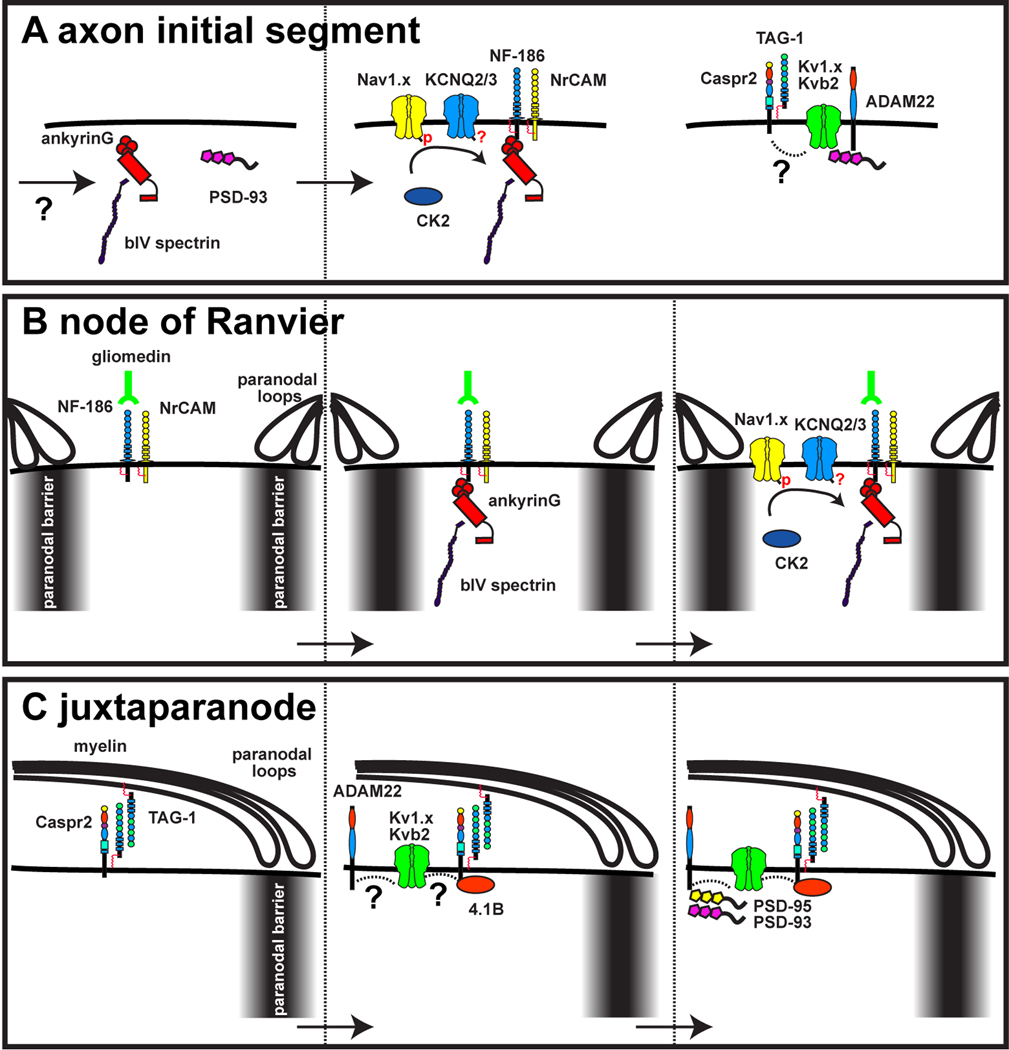Figure 2. Mechanisms of channel localization in axons.
A, The scaffolds ankyrinG and PSD-93 are recruited to the AIS through unknown mechanisms. They subsequently recruit cell adhesion molecules and ion channels. Whether phosphorylation promotes the interaction between ankG and KCNQ channels is unknown. The link between Caspr2 and the Kv1 channel protein complex is also unknown. B, Axonal cell adhesion molecules are restricted to nodes of Ranvier through clustering by Schwann cell-derived gliomedin, and by restriction between a paranodal barrier. AnkG then attaches to these cell adhesion molecules, and functions as at the AIS to recruit ion channels. Thus, at nodes, myelinating glia direct the clustering of channels. C, At the juxtaparanode the cell adhesion molecules Caspr2 and TAG-1 are thought to initiate the assembly of the Kv1 channel protein complex. However, the interactions between Caspr2 and Kv1 channels remain unknown. ADAM22 recruits PSD-95 and PSD-93. A paranodal barrier also restricts the lateral diffusion of Kv1 channels in the axonal membrane.

